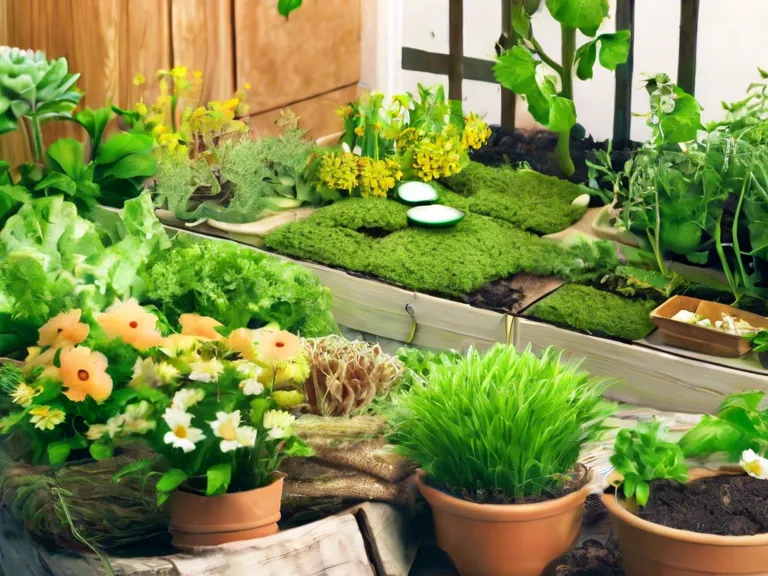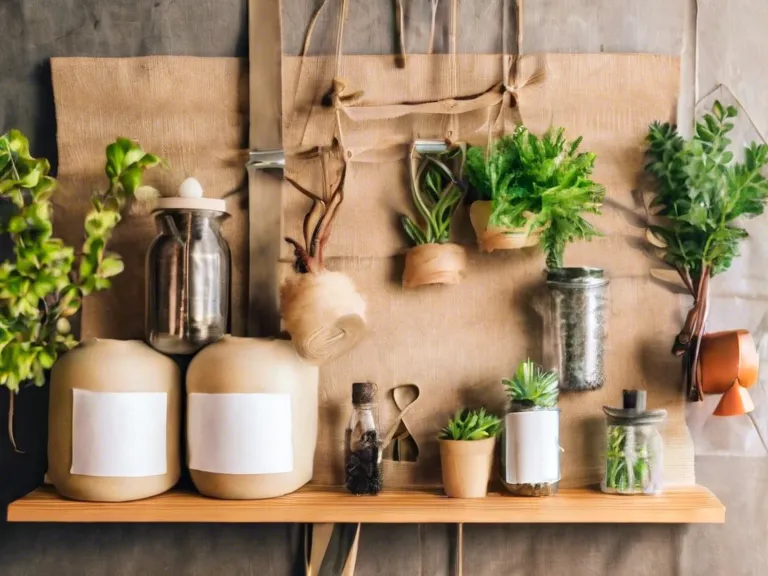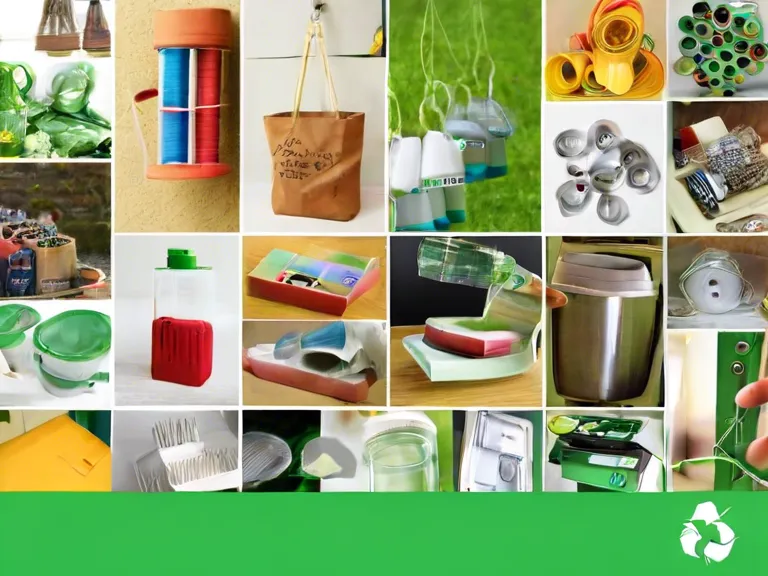
How to Create a Home Garden: An Eco-Friendly Approach to Sustainability
Creating a home garden is not only a way to add beauty to your surroundings but also a step towards sustainability. By growing your own fruits, vegetables, and herbs, you can reduce your carbon footprint, minimize waste, and promote biodiversity in your area. Here are some tips on how to create a home garden with an eco-friendly approach to sustainability.
Planning Your Garden
Before you start digging, take some time to plan out your garden. Consider the layout, sunlight exposure, soil quality, and water source. Think about what plants you want to grow and how much space they will need. Planning ahead will help you make the most of your garden and minimize any potential issues down the road.
Choosing Native Plants
Opt for native plants in your garden as they are better suited to the local climate and require less water and maintenance. Native plants also help support local wildlife by providing habitat and food sources. By incorporating native plants in your garden, you can create a more resilient ecosystem and reduce the need for synthetic pesticides or fertilizers.
Composting and Mulching
Composting your kitchen scraps and yard waste is a great way to reduce organic waste and create nutrient-rich soil for your garden. Use compost as a natural fertilizer to nourish your plants and improve soil health. Mulching around your plants will also help retain moisture, suppress weeds, and protect the soil from erosion.
Water Conservation
To conserve water in your garden, consider installing a rain barrel to collect rainwater for irrigation. Water your plants in the early morning or late evening to minimize evaporation. Use drip irrigation or soaker hoses to deliver water directly to the root zone of your plants. Design your garden with water-efficient plants and grouping them based on their water needs.
Integrated Pest Management
Instead of relying on chemical pesticides, practice integrated pest management (IPM) in your garden. Encourage natural predators like ladybugs, lacewings, and birds to control pests. Use physical barriers, such as row covers or hand-picking, to manage pests. Rotate crops and companion plant to deter pests naturally.
By following these eco-friendly practices, you can create a home garden that is not only sustainable but also beneficial to the environment. Enjoy the beauty of your garden while knowing that you are contributing to a healthier planet.



